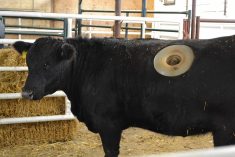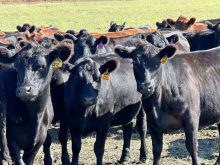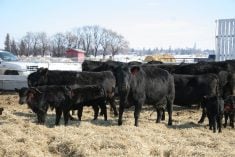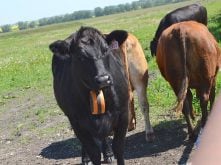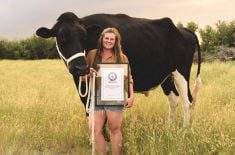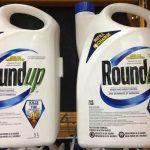More heifers went to market last year.
“Alberta beef producers retained fewer breeding heifers for replacement in 2022, suggesting expansion is not in the immediate future,” said provincial livestock economist Ann Boyda. “The Canfax Cattle on Feed reports show a 9.4 per cent increase in heifer placement in feedlots in 2022 compared to 2021. Heifer placements were higher in the first half of 2022 and declined by three per cent in the second half.”
According to the Canadian Beef Grading Agency, slaughter volume for 2022 in federally regulated plants was 2.6 million head in Western Canada, which was about the same as 2021 but 8.5 per cent higher than the five-year average.
Read Also
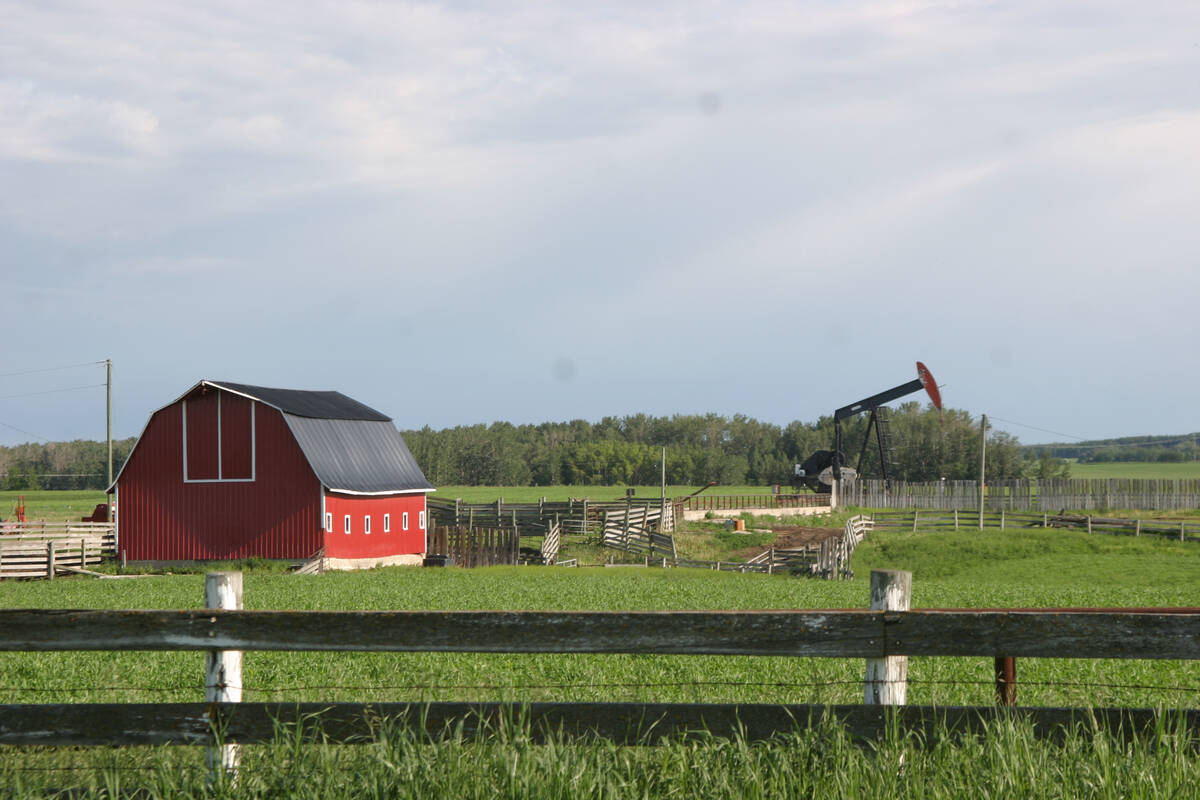
Recommendations in the mature assets strategy could cause potential problems for landholders
The Western Stock Growers’ Association urges producers to pay attention to the potential changes to Alberta’s Mature Assets Strategy.
Heifer slaughter volume in 2022 rose by 6.9 per cent over 2021 and nearly 15 per cent over the five-year average.
Agriculture Canada estimates beef output in Western Canada for 2022 at 1,028,580 tonnes, up two per cent from 2021. The strong performance stems from good packer margins and strong beef demand.
Livestock Identification Services reports 485,544 cattle leaving Alberta in 2022. The majority, 328,911 were destined to the U.S., of which 294,078 head went direct to slaughter. Slaughter cattle sales to the U.S. were up by 21.2 per cent over 2021 levels.
Total cattle imports to Alberta from the U.S., British Columbia and Saskatchewan reached 1.2 million head in 2021. Preliminary estimates for 2022 suggest that total cattle imports will be down from 2021 by as much as eight per cent. Alberta’s feedlot capacity draws feeder steers and heifers from Saskatchewan.
“2022 year started with a backlog on cattle stemming from the heights of COVID,” said Boyda. “The industry is still feeling its repercussions. January and February are typically seasonally lower demand for beef and most signs point to a smaller calf crop in 2023.”




